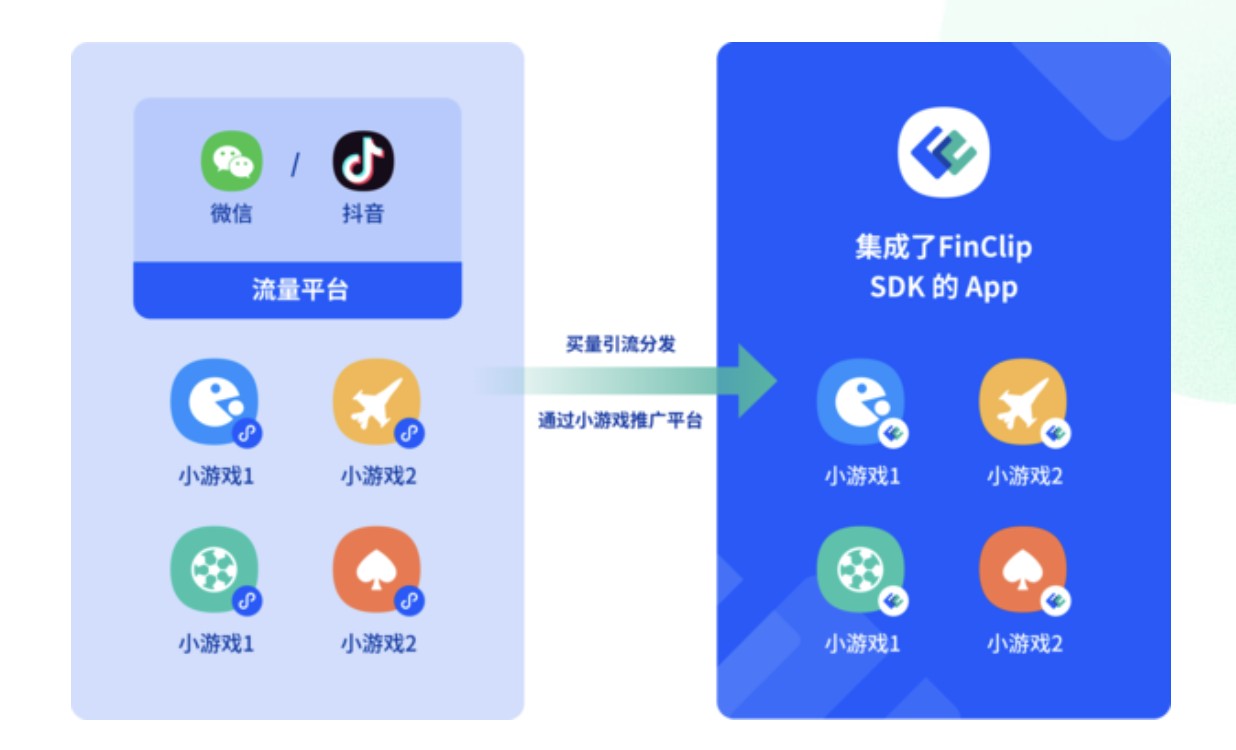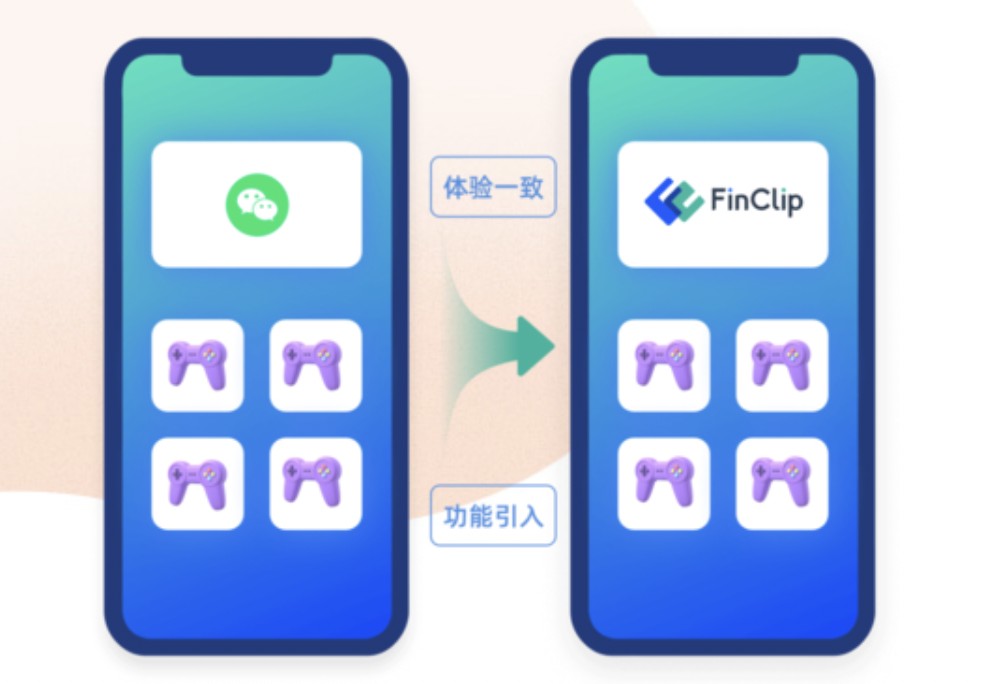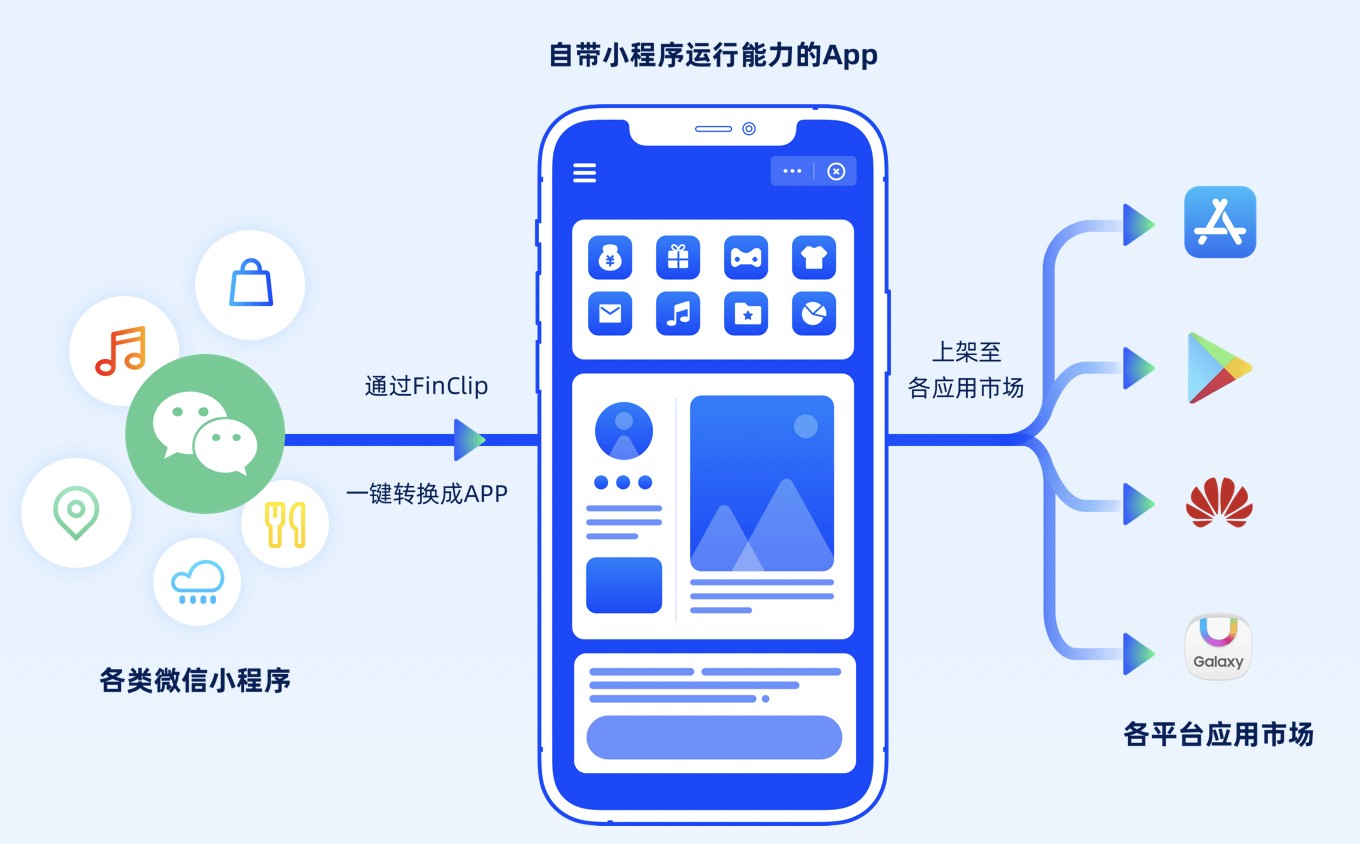
gosiris是一个Golang的actor框架
gosiris是一个Golang的actor框架

gosiris is an actor framework for Golang.
Features
Manage a hierarchy of actors (each actor has its own: state, behavior, mailbox, child actors)Deploy remote actors accessible though an AMQP broker or KafkaAutomated registration and runtime discoverability using etcd registryZipkin integrationBuilt-in patterns (become/unbecome, send, forward, repeat, child supervision)
Examples
Hello world
package mainimport ( "gosiris/gosiris")func main() { //Init a local actor system gosiris.InitActorSystem(gosiris.SystemOptions{ ActorSystemName: "ActorSystem", }) //Create an actor parentActor := gosiris.Actor{} //Close an actor defer parentActor.Close() //Create an actor childActor := gosiris.Actor{} //Close an actor defer childActor.Close() //Register a reaction to event types ("message" in this case) childActor.React("message", func(context gosiris.Context) { context.Self.LogInfo(context, "Received %v\n", context.Data) }) //Register an actor to the system gosiris.ActorSystem().RegisterActor("parentActor", &parentActor, nil) //Register an actor by spawning it gosiris.ActorSystem().SpawnActor(&parentActor, "childActor", &childActor, nil) //Retrieve actor references parentActorRef, _ := gosiris.ActorSystem().ActorOf("parentActor") childActorRef, _ := gosiris.ActorSystem().ActorOf("childActor") //Send a message from one actor to another (from parentActor to childActor) childActorRef.Tell(gosiris.EmptyContext, "message", "Hi! How are you?", parentActorRef)}
INFO: [childActor] 1988/01/08 01:00:00 Received Hi! How are you?
Distributed actor system example
In the following example, in less than 30 effective lines of code, we will see how to create a distributed actor system implementing a request/reply interaction. An actor will be triggered by AMQP messages while another one will be triggered by Kafka events. Each actor will register itself in an etcd instance and will discover the other actor at runtime. Last but not least, gosiris will also manage the Zipkin integration by automatically managing the spans and forwarding the logs.
package mainimport ( "gosiris/gosiris" "time")func main() { //Configure a distributed actor system with an etcd registry and a Zipkin integration gosiris.InitActorSystem(gosiris.SystemOptions{ ActorSystemName: "ActorSystem", RegistryUrl: "http://etcd:2379", ZipkinOptions: gosiris.ZipkinOptions{ Url: "http://zipkin:9411/api/v1/spans", Debug: true, HostPort: "0.0.0.0", SameSpan: true, }, }) //Defer the actor system closure defer gosiris.CloseActorSystem() //Configure actor1 actor1 := new(gosiris.Actor).React("reply", func(context gosiris.Context) { //Because Zipkin is enabled, the log will be also sent to the Zipkin server context.Self.LogInfo(context, "Received: %v", context.Data) }) //Defer actor1 closure defer actor1.Close() //Register a remote actor accessible through AMQP gosiris.ActorSystem().RegisterActor("actor1", actor1, new(gosiris.ActorOptions).SetRemote(true).SetRemoteType(gosiris.Amqp).SetUrl("amqp://guest:guest@amqp:5672/").SetDestination("actor1")) //Configure actor2 actor2 := new(gosiris.Actor).React("context", func(context gosiris.Context) { //Because Zipkin is enabled, the log will be also sent to the Zipkin server context.Self.LogInfo(context, "Received: %v", context.Data) context.Sender.Tell(context, "reply", "hello back", context.Self) }) //Defer actor2 closure defer actor2.Close() //Register a remote actor accessible through Kafka gosiris.ActorSystem().SpawnActor(actor1, "actor2", actor2, new(gosiris.ActorOptions).SetRemote(true).SetRemoteType(gosiris.Kafka).SetUrl("kafka:9092").SetDestination("actor2")) //Retrieve the actor references actor1Ref, _ := gosiris.ActorSystem().ActorOf("actor1") actor2Ref, _ := gosiris.ActorSystem().ActorOf("actor2") //Send a message to the kafkaRef actor2Ref.Tell(gosiris.EmptyContext, "context", "hello", actor1Ref) time.Sleep(250 * time.Millisecond)}
INFO: [actor2] 2017/11/11 00:38:24 Received: helloINFO: [actor1] 2017/11/11 00:38:24 Received: hello back
More Examples
See the examples in actor_test.go.
Environment
First of all, to run the examples you must configure the following hostnames: etcd, amqp, zipkin, and kafka. Then to setup the full environment, you can simply run the Docker Compose.
Troubleshooting
You may experience errors during the tests like the following:
r.EncodeArrayStart undefined (type codec.encDriver has no field or method EncodeArrayStart)
This is a known issue with the etcd client used. The manual workaround (for the time being) is to delete manually the file keys.generated.go generated in /vendor.
Contributing
Open an issue if you want a new feature or if you spotted a bugFeel free to propose pull requests
Any contribution is more than welcome! In the meantime, if we want to discuss gosiris you can contact me @teivah.
版权声明:本文内容由网络用户投稿,版权归原作者所有,本站不拥有其著作权,亦不承担相应法律责任。如果您发现本站中有涉嫌抄袭或描述失实的内容,请联系我们jiasou666@gmail.com 处理,核实后本网站将在24小时内删除侵权内容。
发表评论





暂时没有评论,来抢沙发吧~